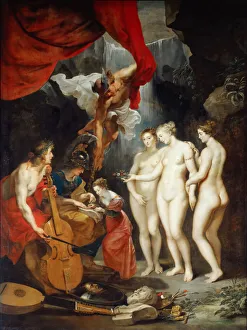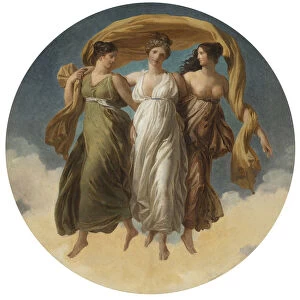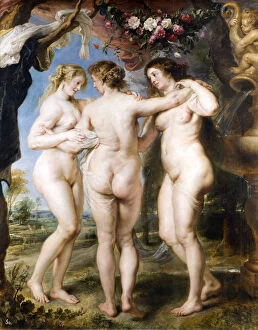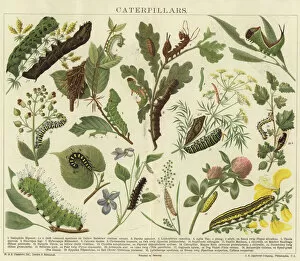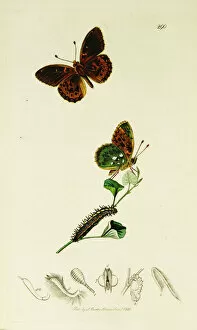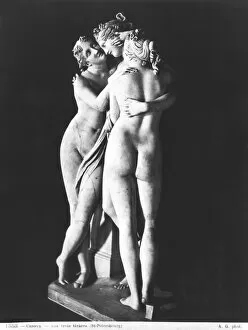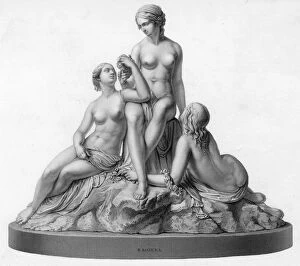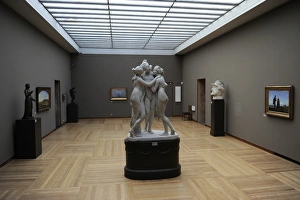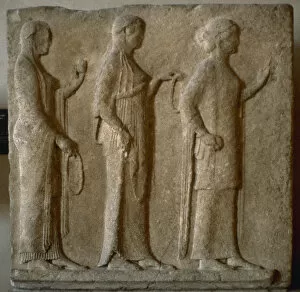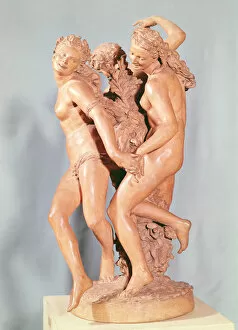Aglaia Collection
"Aglaia: A Symbol of Beauty, Elegance, and Education" In the world of art, it has been depicted in various forms throughout history
All Professionally Made to Order for Quick Shipping
"Aglaia: A Symbol of Beauty, Elegance, and Education" In the world of art, it has been depicted in various forms throughout history. From the renowned painting "The Education of the Princess" by Pieter Paul Rubens to Antonio Canova's masterpiece "The Three Graces, " Aglaia represents grace, charm, and refinement. Rubens' portrayal in "The Marie de Medici Cycle" showcases her as one of the three daughters of Zeus and Eurynome known as The Three Graces. These goddesses personify beauty, joy, and creativity. With their radiant smiles and intertwined arms, they exude a sense of harmony that captivates viewers. Canova's sculpture further immortalizes Aglaia alongside her sisters in his work titled "The Three Graces. " Carved from marble with meticulous attention to detail, this piece epitomizes elegance and femininity. Their gentle embrace symbolizes unity among women while celebrating their individuality. Not limited to visual arts alone, it also finds herself represented in nature. The dark green fritillary butterfly (Argynnis aglaia) bears her name due to its exquisite patterns resembling delicate brushstrokes on canvas. Just like Aglaia herself embodies beauty through artistry. Even ancient frescoes from Pompeii depict The Three Graces dancing together gracefully—a testament to their timeless allure that transcends centuries. Beyond art or nature depictions lies another facet—Agalia is associated with education itself. In Greek mythology, she was considered the embodiment of intellectual growth and learning—an inspiration for scholars seeking wisdom and knowledge throughout time. As Venus stands adorned by these enchanting graces in paintings such as "Venus Attired by the Graces, " we witness how they enhance not only physical beauty but also inner radiance—the true essence that shines through when surrounded by love and companionship.

